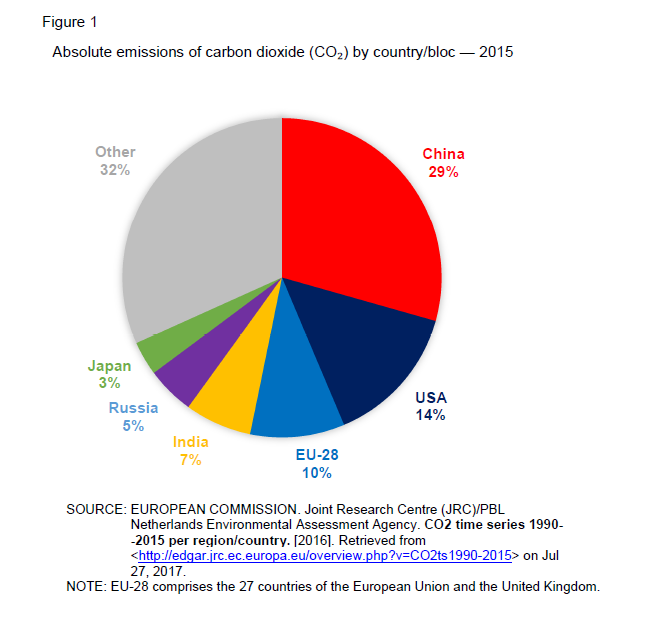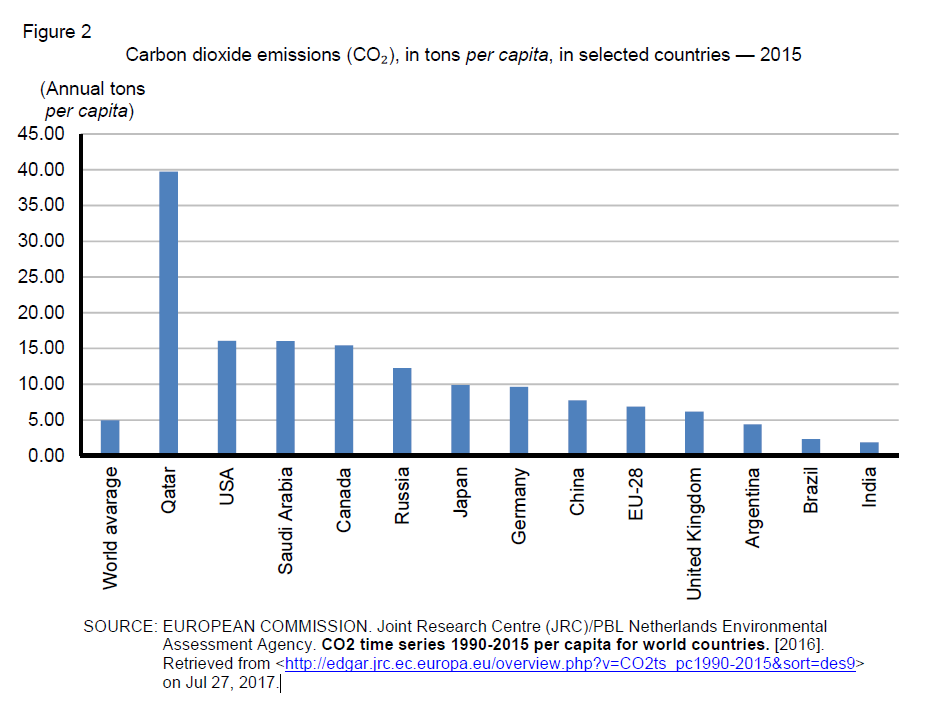Over the last few decades, especially after the great global economic crisis in the late 2000s, the deterioration of labor relations has been noticed and discussed, with particular interest in the European Union and the United States. In 2013, the International Labor Review, a publication related to the International Labor Organization (ILO), devoted an entire issue to the situation of labor relations in Europe, with mostly pessimistic conclusions. This scenario shares similarities with those of the United States and some Latin American countries, including Brazil. Indeed, it is possible to infer a correlation between the economic globalization and the decay in labor relations, at least in the most developed regions. However, what is happening in other parts of the world? This text debates the situation in East Asia, where a great deal of attention is being drawn to the best public policy practices, given the recent quick development of markets in that region.
Before proceeding to the question itself, one should note that the national systems of labor regulations appear to be in a more favorable situation for workers in Europe, North America and even in some of the most industrialized countries in Latin America than in other parts of the world. However, it is necessary to ponder not only the static situation of these systems, but also the recent trend in both groups. As most of the recent studies have assessed the problematic in Europe and Latin America and identified a considerable worsening trend in those places, this paper emphasizes the recent evolution in labor relations in Eastern Asia, by selecting three among the most representative emerging economies in the region: China, India and South Korea.
The Chinese case seems to be quite elucidative. Although Chinese regulations still remain far tougher than their analogues in Europe, in terms of wage levels and access to basic rights, such as retirement, the central government has acted to improve labor policy. The basis of current national-level labor laws is relatively recent (in force since 1995), having been complemented by the Collective Contracts Regulation of 2004. As Wu and Sun (2014) stated, a government-led system of mediation and arbitration between workers and employers is in force. This arrangement gives the government the prerogative to impose conditions and limits on wages and working hours and impells the parties to negotiate, among other things. The policy of rights granting might be understood as a response of national leaders to the growing agitation among Chinese workers in recent times and to the upsurge in the number of cases of labor judicial disputes all over the country, initiated in mid-1990s. In 1992, there were around 18,000 labor disputes, while in 2008 this number increased by 90 times. Chinese labor legislation, in addition to being more restrictive in comparison with the ones of its Western counterparts, remains based on an individualized logic which prohibits the right to strike and the creation of independent trade unions, as the authors point. However, as previously noted in this publication, the relative improvement of workers’ welfare, especially in large cities, can also be interpreted as part of a broader plan of the Chinese Communist Party to switch the prevailing export-led model of development to another one based on the domestic market, given the persisting turbulence in the global economy. The expansion of labor rights, therefore, features a significant propositional and even strategic nature.
India, the second most populous country in the world after China and with an increasingly prominent participation in global politics and economy, offers a significantly different picture. On the one hand, around 84% of Indian workers had informal occupations in 2012, according to ILO data, a proportion that is larger than that of other developing countries. On the other hand, this percentage has decreased over the last few decades, albeit in a rather slow pace. Since the early 2010s, the Indian government has been promoting changes to guarantee labor rights which focus on specific groups, such as the Sexual Harassment of Women at Workplace Act, of 2013, and the National Policy for Domestic Workers, of 2011, as reported in a recent publication of ILO’s Decent Work Program. It should be noted, however, that the government of Narendra Modi has publicly favored flexibilization in labor standards.
Another interesting regional case is that of South Korea. Despite the rapid economic advance in the last few decades, which has promoted the nation to the group of the Asian Tigers, its economy was hit by the great global crisis of 2008, after having been hit even more severely by the East Asian crisis of 1997. During the crisis of the 1990s, the country suffered a major shortage of foreign currency that had an impact on its macroeconomic indicators. Like what other neighboring countries did, the South Korean government requested a bailout from the International Monetary Fund, which, in response, imposed the granting of assistance to the implementation of fiscal policies, which had great impact on labor relations. After a rapid hike in unemployment rates (from around 2.5% in the last quarter of 1997 to 8.5% one year later), the austerity measures were gradually replaced by a differentiated approach, known at that time as the Social Agreement for Overcoming the Economic Crisis. This policy combined pro-market elements with the expansion of the social security net for workers. On the capital side, it sought to stabilize price and wage levels and to facilitate the practice of shutdowns; on the labor side, it boosted the policy of job creation, enhanced unemployment insurance and empowered labor unions. The maintenance of this compromise solution helped to soften the damages of the global crisis in the second half of 2008, considering that the employment rate was practically unharmed throughout that period. In recent times, there have been diverging political pressures, either by large business groups or by trade unions, to change the existing labor standards. In 2017, the election of the center-left Democratic Party encouraged unions to demand policies that tackled the high proportion of part-time workers and reduce the number of working hours, which is one of the highest averages among the members of the Economic Cooperation and Development (OECD).
From the analysis of the three largest economies in East Asia, one should resume the initial interrogation. This text suggest that, although labor laws in the three Asian nations remain much stricter than those in Europe and North America, they have neither clearly incorporated the tendency of flexibilization in labor relations nor undergone significant changes in their content. The main innovations can be identified in India, where the legislation has been changed to improve the situation of women in the workplace. However, it is in political disputes that relative gains for workers can be better noticed. In South Korea, workers have been granted important benefits, such as the policy of job protection and the relative strengthening of trade unions. In China, general improvements in the welfare of workers respond to both the fears of a widespread social upheaval and the purpose of altering Chinese pattern of export-led growth.
It should be stressed that workers in these nations are not in a comfortable position. Firstly, as stated, their situation remains highly precarious, notoriously in India. Secondly, it is not possible to conclude that improvements will remain unscathed, once the rise in the bargaining power of workers might lead to the reaction of business sectors in these same countries. This picture can already be seen in India, where calls for flexibilization have gained ground in public discourse. With this brief exposition, it is worth concluding that labor relations in the most significant emerging markets of East Asia have been witnessing a distinct process from those of Europe, North America and even parts of Latin America. However, it is too early to assert that this sui generis Eastern experience will be permanent.


